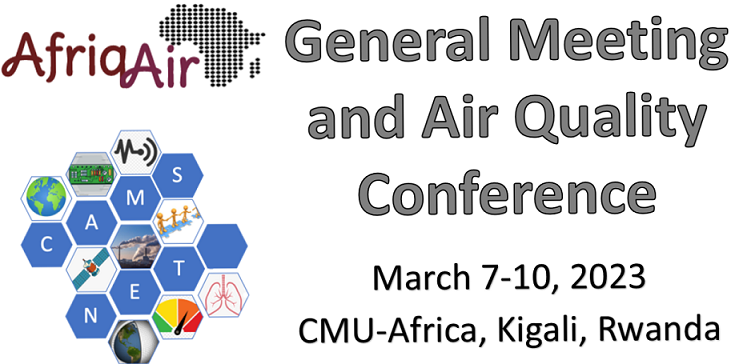Speaker
Description
Most developing cities struggle with deteriorating air quality challenges and Nairobi is such a city. This paper explores the state of air quality in Nairobi city drawing from the outcomes of the Nairobi Urban profile and the Vulnerability scoping studies conducted under the A system Approach to air pollution in East Africa project. Using these studies’ outcomes, the paper aims to provide insights into the state of air pollution, the vulnerability scope of the residents and users, and give appropriate recommendations. The outcomes indicate that both indoor and ambient air pollution levels in the city regularly exceed WHO guideline amounts with the PM2.5 concentrations indoors measuring an average of 43 ± 19 µg m3 and peaking at 47 ± 14 µg m3 most of the time in the city center. The outdoor concentration levels of PM2.5 recorded larger concentrations, averaging 54 ± 22 and peaking at 61 ± 21, which is consistently at an unhealthy level. The air pollution levels are too high, exceeding the WHO guidelines in the city’s largest Dandora dumpsite affecting more than 3.5 million city residents living within a radius of 10 Kilometers. The site recorded PM2.5 concentrations of about 47.4 ± 9.5 µg/m3 and a peak concentration of 94.5 ± 32.6 µg/m m3 most of the days. Despite this evidence, the city has no continuous and robust air quality monitoring system, and thus a data gap to conclusively ascertain the overall air quality and its impacts on human and environmental health. The study, therefore, recommends a quick establishment of a robust and reliable air quality monitoring and management system in the city besides the policy, strategic infrastructural expansion, city decongestion, proper waste management, and strategic traffic management by the Nairobi city-county government working with its strategic partners and stakeholder towards a holistic air quality improvement in the city.

